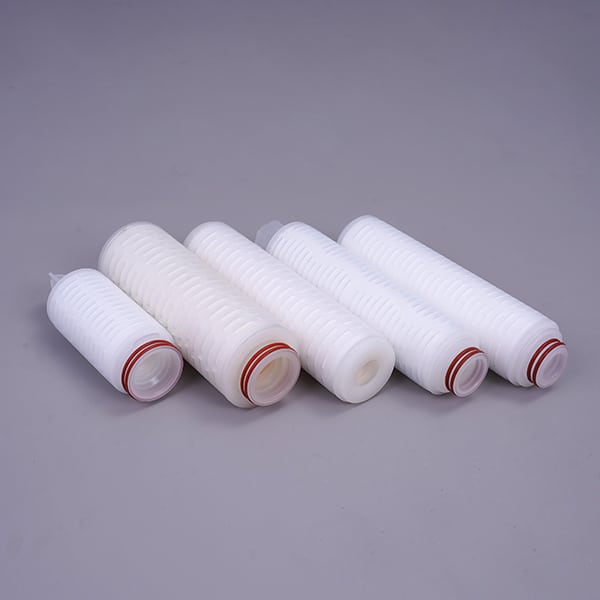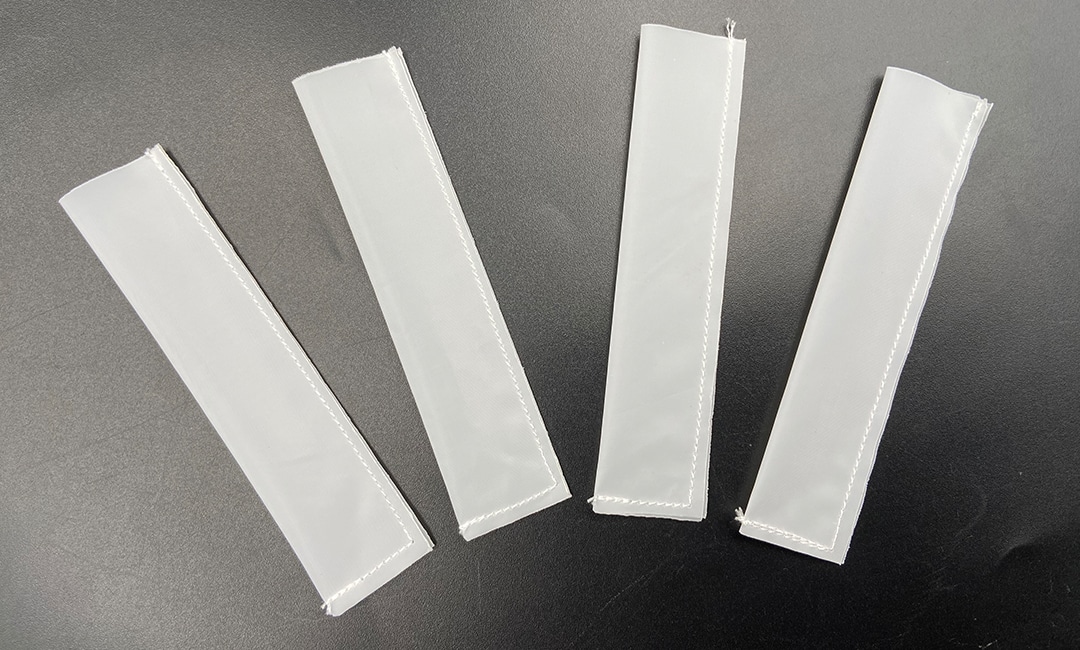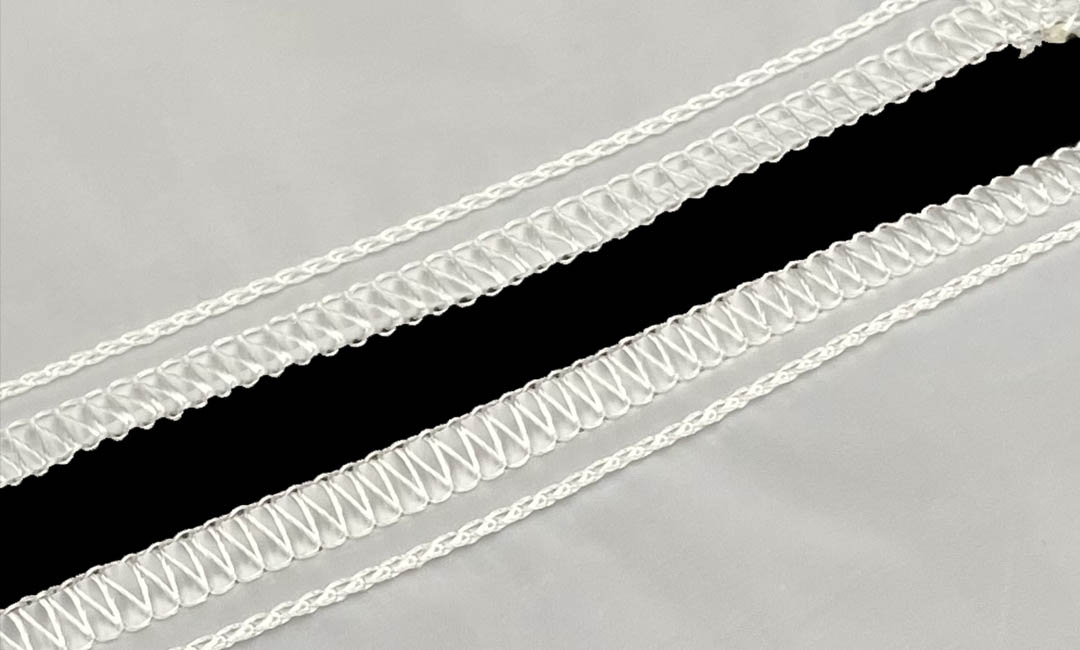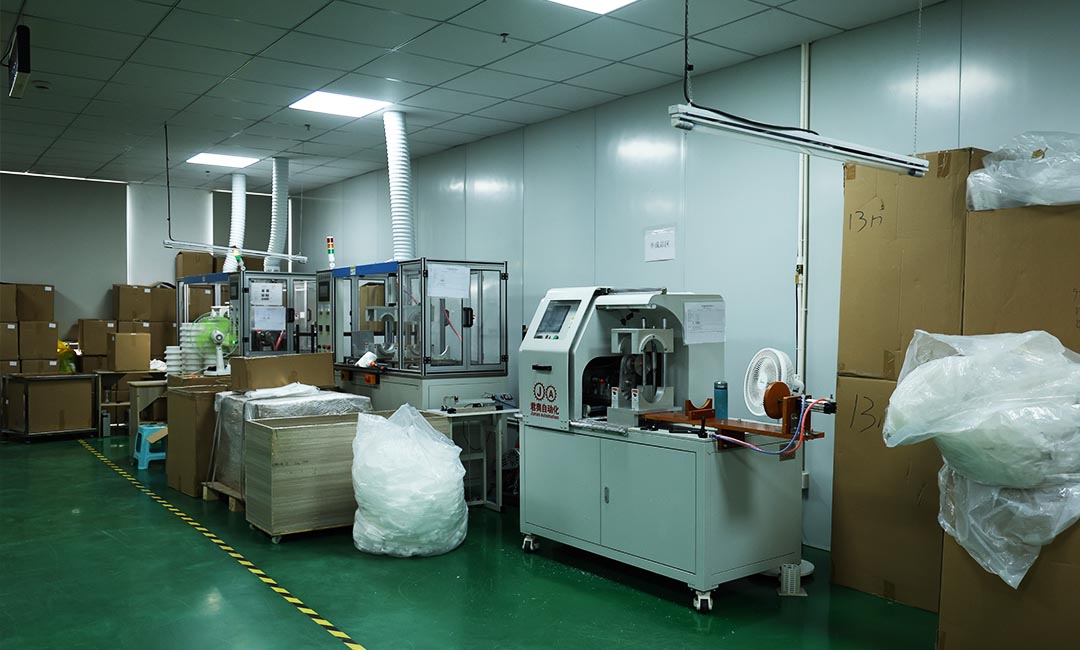
Micron Bag Selection Guide: Which One is Best for Rosin Pressing?
Benefits of Using Micron Bags for Rosin Pressing
When it comes to rosin pressing, using micron bags can greatly enhance the quality of your final product. These bags are essential tools for extracting rosin from your plant material while keeping impurities out. In this article, we will discuss the benefits of using micron bags for rosin pressing and provide a guide to help you choose the best one for your needs.
One of the main benefits of using micron bags is that they help to filter out plant material and other impurities, resulting in a cleaner and purer final product. By using a micron bag, you can ensure that only the purest rosin is extracted, without any unwanted contaminants. This is especially important for those who are looking to produce high-quality rosin for medicinal or recreational use.
Another benefit of using micron bags is that they help to prevent blowouts during the pressing process. Blowouts can occur when too much pressure is applied to the material, causing it to burst through the filter and contaminate the rosin. By using a micron bag, you can prevent blowouts and ensure that your rosin is extracted smoothly and efficiently.
Additionally, micron bags help to improve the yield of your rosin pressing process. By using a bag with the appropriate micron size, you can maximize the extraction of rosin from your plant material, resulting in a higher yield of pure rosin. This can be especially beneficial for those who are looking to maximize their production and get the most out of their plant material.
When selecting a micron bag for rosin pressing, it is important to consider the micron size that is best suited for your needs. Micron bags come in a variety of sizes, ranging from 25 microns to 220 microns. The size of the micron bag you choose will depend on the type of material you are pressing and the quality of rosin you are looking to produce.
For finer materials, such as kief or sift, a lower micron size is recommended, as this will help to filter out smaller particles and produce a cleaner final product. On the other hand, for larger materials, such as flower or trim, a higher micron size may be more appropriate, as this will allow for better flow and extraction of the rosin.
In conclusion, using micron bags for rosin pressing offers a number of benefits, including improved purity, prevention of blowouts, and increased yield. By selecting the right micron bag for your needs, you can ensure that you are producing high-quality rosin that is free of impurities and contaminants. Whether you are a seasoned rosin presser or just starting out, incorporating micron bags into your process can help to elevate the quality of your final product and enhance your overall rosin pressing experience.
Different Micron Sizes and Their Effects on Rosin Quality
When it comes to rosin pressing, the selection of the right micron bag is crucial in determining the quality of the final product. Micron bags are used to contain the cannabis material during the pressing process, allowing the rosin to be extracted while keeping unwanted plant material out. Different micron sizes have varying effects on the quality of the rosin produced, so it is important to understand the differences between them in order to make an informed decision.
One of the most common micron sizes used for rosin pressing is 90 microns. This size is ideal for pressing flower material, as it allows for a good balance between yield and quality. The 90-micron bag is fine enough to capture the trichomes and essential oils that contain the cannabinoids and terpenes, while still allowing some plant material to pass through, resulting in a flavorful and potent rosin.
For those looking to maximize yield, a larger micron size such as 120 microns may be more suitable. The larger holes in the bag allow for more plant material to pass through, resulting in a higher yield of rosin. However, this may come at the expense of quality, as more plant material in the rosin can affect the taste and potency of the final product.
On the other end of the spectrum, a smaller micron size such as 25 microns is often used for pressing sift or hash material. The fine mesh of the bag captures even the smallest particles, resulting in a clean and pure rosin that is free of any plant material. While this can lead to a higher quality product, it may also result in a lower yield due to the finer filtration.
It is important to note that the choice of micron size is not the only factor that affects the quality of the rosin. The quality of the starting material, the temperature and pressure used during pressing, and the duration of the press all play a role in determining the final product. However, the micron size of the bag is a key factor that should not be overlooked.
When selecting a micron bag for rosin pressing, it is important to consider the type of material being pressed and the desired outcome. For flower material, a 90-micron bag is a good all-around choice, providing a balance between yield and quality. For sift or hash material, a smaller micron size such as 25 microns may be more appropriate for producing a clean and pure rosin.

In conclusion, the selection of the right micron bag is essential for producing high-quality rosin. Different micron sizes have varying effects on the yield and quality of the final product, so it is important to choose the size that best suits the material being pressed and the desired outcome. By understanding the differences between micron sizes and their effects on rosin quality, you can make an informed decision when selecting a bag for your rosin pressing needs.
How to Choose the Right Micron Bag for Your Rosin Press
When it comes to rosin pressing, one of the most important factors to consider is the micron bag you use. Micron bags play a crucial role in the extraction process, as they help filter out plant material and contaminants, leaving you with a clean and potent final product. With so many options available on the market, it can be overwhelming to choose the right micron bag for your rosin press. In this guide, we will discuss the different types of micron bags available and provide tips on how to select the best one for your needs.
First and foremost, it is essential to understand what a micron bag is and how it works. Micron bags are made from a fine mesh material that filters out plant material while allowing the trichomes to pass through. The size of the mesh is measured in microns, with smaller numbers indicating a finer mesh. For rosin pressing, the most commonly used micron sizes are 25, 37, 90, and 120. Each size has its own unique benefits and is suitable for different types of material.
The 25-micron bag is the finest mesh available and is ideal for pressing high-quality concentrates. This bag will filter out the smallest particles, resulting in a clean and pure extract. The 37-micron bag is slightly less fine than the 25-micron bag but still provides excellent filtration. It is a good choice for those looking for a balance between purity and yield.
The 90-micron bag is a popular choice for rosin pressing, as it offers a good balance between filtration and yield. This bag allows for a decent amount of plant material to pass through, resulting in a higher yield of extract. The 120-micron bag is the coarsest mesh available and is best suited for pressing lower-quality material. This bag will allow more plant material to pass through, resulting in a lower yield of extract.
When choosing a micron bag for your rosin press, it is essential to consider the type of material you will be pressing. If you are working with high-quality flower or hash, a finer mesh bag such as the 25 or 37 micron may be the best choice. These bags will help preserve the purity of the extract and produce a clean final product. On the other hand, if you are pressing lower-quality material or trim, a coarser mesh bag like the 90 or 120 micron may be more suitable. These bags will allow more plant material to pass through, resulting in a higher yield of extract.
In addition to the type of material, you should also consider the pressure and temperature settings of your rosin press when selecting a micron bag. Higher pressure and temperature settings may require a finer mesh bag to ensure proper filtration, while lower settings may allow for a coarser mesh bag to be used. It is essential to experiment with different micron sizes to find the one that works best for your specific setup.
In conclusion, choosing the right micron bag for your rosin press is crucial to achieving the best results. Consider the type of material you will be pressing, as well as the pressure and temperature settings of your press when selecting a bag. Experiment with different micron sizes to find the one that works best for your needs. With the right micron bag, you can produce clean and potent extracts that showcase the full potential of your material.
Tips for Maximizing Yield and Quality with Micron Bags
When it comes to rosin pressing, the selection of the right micron bag is crucial for maximizing yield and quality. Micron bags are essential tools in the rosin extraction process, as they help to filter out plant material while allowing the precious trichomes to pass through. With a wide range of micron sizes available, it can be overwhelming to choose the best one for your specific needs. In this guide, we will discuss the factors to consider when selecting a micron bag for rosin pressing and provide tips for maximizing your yield and quality.
One of the most important factors to consider when choosing a micron bag is the size of the trichomes you are trying to extract. Trichomes are the tiny resin glands on the surface of the cannabis plant that contain the cannabinoids and terpenes. Different strains of cannabis have different sizes of trichomes, so it is important to match the micron size of the bag to the size of the trichomes you are working with. For example, if you are working with a strain that has small trichomes, a lower micron bag, such as a 25 or 37 micron, would be ideal. On the other hand, if you are working with a strain that has larger trichomes, a higher micron bag, such as a 90 or 120 micron, would be more suitable.
Another factor to consider when selecting a micron bag is the material it is made from. Micron bags are typically made from nylon or polyester, with nylon being the most common choice. Nylon bags are known for their durability and heat resistance, making them ideal for rosin pressing. Polyester bags, on the other hand, are less heat resistant and may not hold up as well under high temperatures. When choosing a micron bag, it is important to select a high-quality bag that is made from a material that can withstand the heat and pressure of the rosin pressing process.
In addition to the size and material of the micron bag, the shape of the bag can also impact the yield and quality of your rosin. Micron bags come in a variety of shapes, including square, rectangular, and cylindrical. The shape of the bag can affect the distribution of pressure during the pressing process, which can impact the extraction efficiency. For example, square or rectangular bags may provide more even pressure distribution, resulting in a more consistent extraction. Cylindrical bags, on the other hand, may not distribute pressure as evenly, leading to uneven extraction and lower yields.
To maximize your yield and quality when using micron bags for rosin pressing, it is important to follow a few key tips. First, make sure to properly pre-press your material before placing it in the micron bag. Pre-pressing helps to compact the material and create a more even surface, which can improve the extraction efficiency. Additionally, be mindful of the amount of material you are placing in the bag – overfilling the bag can lead to uneven pressure distribution and lower yields.


Overall, selecting the right micron bag for rosin pressing is essential for maximizing your yield and quality. By considering factors such as trichome size, material, and shape, you can choose a bag that is best suited to your specific needs. Additionally, following tips such as pre-pressing your material and avoiding overfilling the bag can help to ensure a successful extraction process. With the right micron bag and proper technique, you can achieve high-quality rosin with maximum yield.

